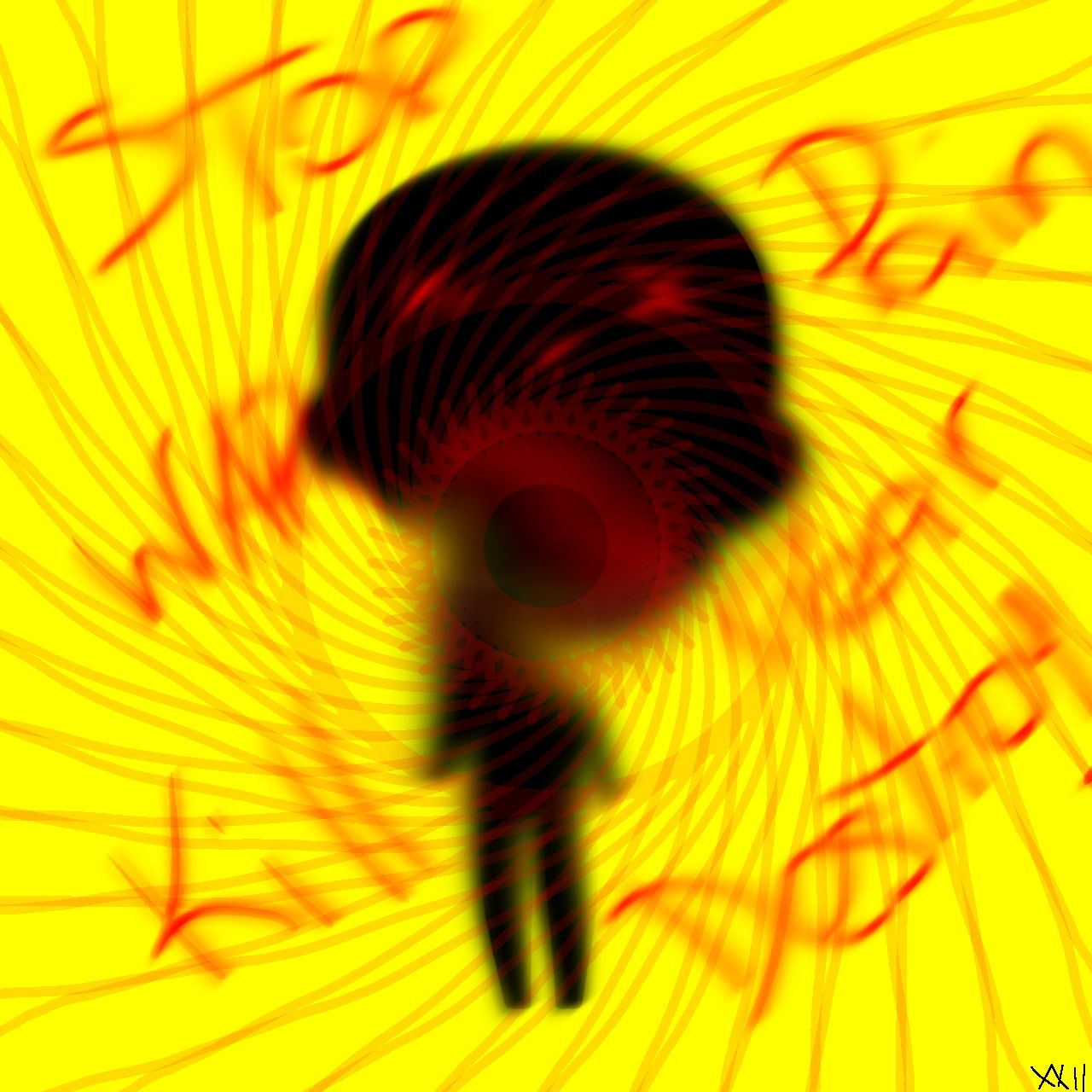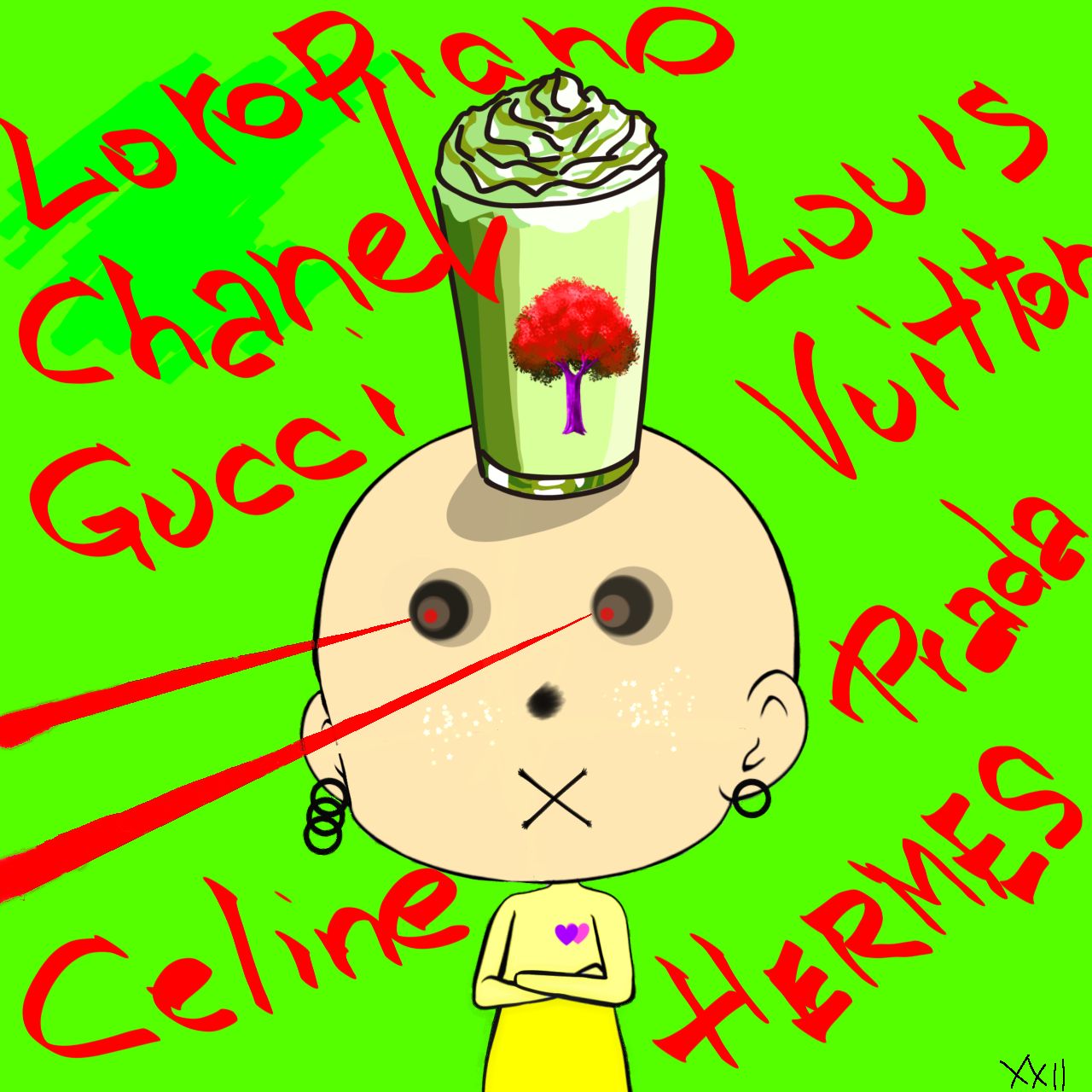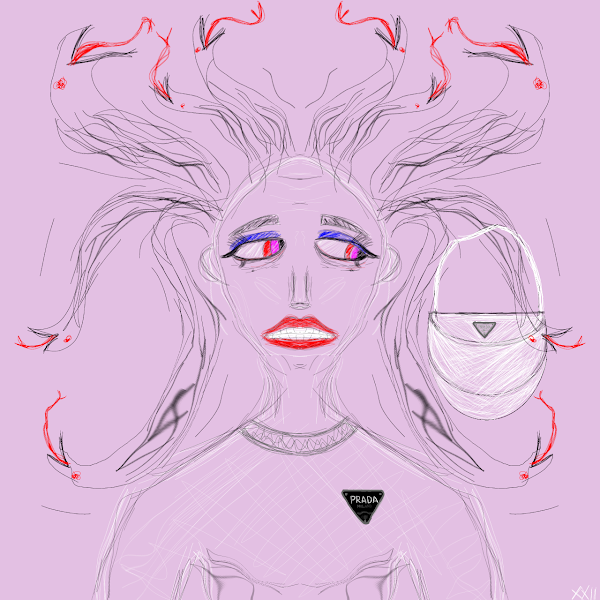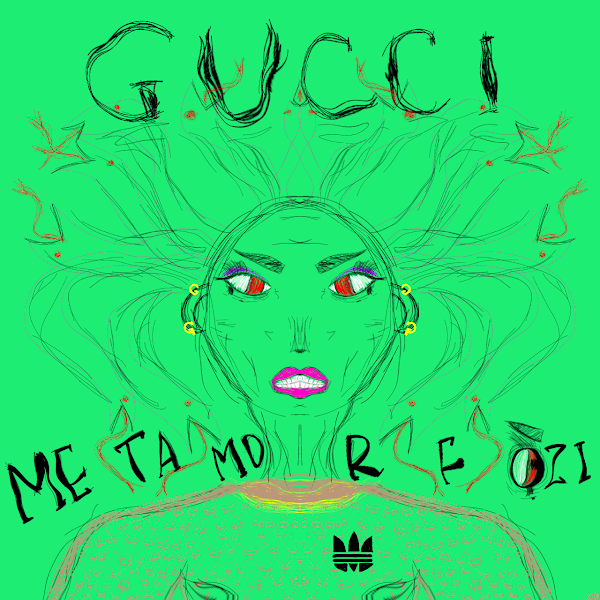




Featured
Loved by community & partners




Let’s build the future of digital economies together
Hello smart people. Great to see you in our world.
We want to show you the realities of our difficult times. The real world is on the verge of global changes and catastrophes. Not everyone will be able to understand the meaning, but the one who understands will discover the truth of being and win this game. Each character of our NFTs is unique and generated from a unique seed that determines varying conditions for how they’re made, describes an event and issue in the XXI century and looks forward to the XXII century.
Find your own meaning of time and enjoy it.
Our Collection
Every Industry Can Benefit From NFT.
Real world
Mark Ziegler is the creator and owner of this project.
Anastasiia Shevchuk, is a NFT Artist.
We are a small team, but we are full of energy, creative, open-minded, and we want to make really big changes in people’s lives.
We would like to create work with the theme of bridging between this worldview and the digital world.
Our Value
Building an open digital economy.
Vision & value
10% of the primary sale will go towards relief efforts in Ukraine. All royalties from secondary sales will either go towards those same efforts, or towards supporting Ukrainian artists, charity, and/or art initiatives of the participating artist’s choice.
YOU CAN DO IT, WE CAN DO IT.
Community :
FAQ NFT
Questions about collections.
If you are hearing a lot of buzz around non-fungible token and OpenSea, then you may be wondering what they are. Maybe you have heard of CryptoKitties, the first NFT game that crashed the Ethereum network, or the Bored Ape Yacht Club, one of the most popular NFT collections with a floor price of nearly 100 ETH, or thousands of U.S. dollars.
NFTs are non-interchangeable tokens that are transparently recorded on the blockchain. They can be used as tamper-proof representation of ownership for both digital and physical assets.
Anything can be tokenized, from digital art and music to in-game assets and real-world assets like real estate. These digital assets have skyrocketed into popularity as a solution for artists who want to protect their intellectual property.
In order to browse, buy, sell or create your own NFT, you have to visit an NFT marketplace, and the biggest one around is OpenSea. The NFT marketplace had a cumulative trading volume of US$12.5 billion through 2021, nearly 88% of total NFT trading volume that year.
OpenSea is a marketplace similar to eBay, Etsy, and Amazon, except all the listed items are unique digital collectibles in the form of NFTs that users can buy, sell and mint. The platform is a decentralized, peer-to-peer exchange that enables users to transact with one another directly in a trustless manner.
OpenSea was founded in 2017 by software engineers Alex Atallah and Devin Finzer, who became fascinated by the launch of the popular NFT series CryptoKitties and saw potential in NFTs to enable true ownership of digital items for the first time.
Digital artists and content creators can use the platform to mint NFTs, create custom marketplaces and NFT collections, set fees on their tokens, and create auctions to sell them.
OpenSea’s marketplace is non-custodial, meaning that no central party has control of the transactions on the platform. Instead, transactions are facilitated by self-executing smart contracts that guarantee fair trade. Transactions on OpenSea either happen as a whole (the buyer gets the NFT and the seller gets paid) or not at all. These are known as atomic transactions.
As OpenSea is a peer-to-peer marketplace, there’s technically no intermediary between buyer and seller. Still, the platform takes a 2.5% cut of every transaction. Competitors’ costs range from none to 15%.
OpenSea’s architecture is powered by the Wyvern Protocol, which is a set of smart contracts on the Ethereum blockchain, designed to facilitate buying and trading unique digital assets. The platform offerscross-blockchein support across Ethereum, Polygon, and Klatyn.
In Jan. 2022, OpenSea closed a US$300 million Series C funding round led by Paradigm and Coatue, raising the platform’s valuation to US13.3 billion $. While the company said it isn’t actively planning an IPO, hiring a seasonet CFO in 2021 points to that eventuality. Previously, Brian Roberts served as the CFO of the ride-sharing platform Lyft, where he led the company’s IPO, raising US$7 billion of capital.
As the leading NFT marketplace, OpenSea will always face competition. LooksRare’s vampire attack was a startling and successful example. While similar tactics may take away from OpenSea’s trading volume in the short term, its large market share could help it remain a leader in the long run. OpenSea saw a 646-fold increase in trading volume in 2021, surpassing US$14 billion. As the entire NFT market measured US$25 billion in 2021, OpenSea accounted for 56% of the transaction volume. Investment bank Jefferies expects the NFT market to surpass US$35 in 2022 and US$80 billion in 2025. With its size advantage, OpenSea could remain the top NFT marketplace for the foreseeable future.
To help you get a sense of how vague and complex a term “the metaverse” can be, here's an exercise: Mentally replace the phrase “the metaverse” in a sentence with “cyberspace.” Ninety percent of the time, the meaning won't substantially change. That's because the term doesn't really refer to any one specific type of technology, but rather a broad (and often speculative) shift in how we interact with technology. And it's entirely possible that the term itself will eventually become just as antiquated, even as the specific technology it once described becomes commonplace.
Broadly speaking, the technologies companies refer to when they talk about “the metaverse” can include virtual reality—characterized by persistent virtual worlds that continue to exist even when you're not playing—as well as augmented reality that combines aspects of the digital and physical worlds. However, it doesn't require that those spaces be exclusively accessed via VR or AR. Virtual worlds—such as aspects of Fortnite that can be accessed through PCs, game consoles, and even phones—have started referring to themselves as “the metaverse.”
Many companies that have hopped on board the metaverse bandwagon also envision some sort of new digital economy, where users can create, buy, and sell goods. In the more idealistic visions of the metaverse, it's interoperable, allowing you to take virtual items like clothes or cars from one platform to another, though this is harder than it sounds. While some advocates claim new technologies like NFTs can enable portable digital assets,this simply isn't true, and bringing items from one video game or virtual world to another is an enormously complex task that no one company can solve.
It's difficult to parse what all this means because when you hear descriptions like those above, an understandable response is, “Wait, doesn't that exist already?” World of Warcraft, for example, is a persistent virtual world where players can buy and sell goods. Fortnite has virtual experiences like concerts and an exhibit where Rick Sanchez can learn about MLK Jr. You can strap on an Oculus headset and be in your own personal virtual home. Is that really what “the metaverse” means? Just some new kinds of video games?
Well, yes and no. Saying that Fortnite is “the metaverse” would be a bit like saying Google is “the internet.” Even if you spend large chunks of time in Fortnite, socializing, buying things, learning, and playing games, that doesn't necessarily mean it encompasses the entire scope of what people and companies mean when they say "the metaverse." Just as Google, which builds parts of the internet—from physical data centers to security layers—isn't the entire internet.
Tech giants like Microsoft and META are working on building tech related to interacting with virtual worlds, but they're not the only ones. Many other large companies, including Nvidia, Unity, Roblox, and even Snap—as well as a variety of smaller companies and startups—are building the infrastructure to create better virtual worlds that more closely mimic our physical life.
For example, Epic has acquired a number of companies that help create or distribute digital assets , in part to bolster its powerfulUnreal engine 5 platforms. And while Unreal may be a video game platform, it's also being used in the film industry and could make it easier for anyone to create virtual experiences. There are tangible and exciting developments in the realm of building digital worlds.
Despite this, the idea of a Ready Player One-like single unified place called “the metaverse" is still largely impossible. That is in part because such a world requires companies to cooperate in a way that simply isn't profitable or desirable—Fortnite doesn't have much motivation to give players a portal to jump straight over to World of Warcraft, even if it were easy to do so, for example—and partially because the raw computing power needed for such a concept could be much further away rhan we think.
This inconvenient fact has given rise to slightly different terminology. Now many companies or advocates instead refer to any single game or platform as “a metaverse.” By this definition, anything from a VR concert app to a video game world would count as a “metaverse.” Some take it further, calling the collection of various metaverses a “multiverse of metaverses.” Or maybe we're living in a “hybrid verse.”
Or these words can mean anything at all. Coca-Cola launched a “flavor born in the metaverse” alongside a Fortnite tie in mini game. There are no rules.
It's at this point that most discussions of what the metaverse entails start to stall. We have a vague sense of what things currently exist that we could kind of call the metaverse if we massage the definition of words the right way. And we know which companies are investing in the idea, but after months, there's nothing approaching agreement on what it is. Meta thinks it will include fake house you can invite all your friends to hang out in. Microsoft seems to think it could involve virtual miting rooms to train new hires or chat with your remote coworkers.
Cryptocurrency comes under many names. You have probably read about some of the most popular types of cryptocurrencies such as Bitcoin, Litecoin, and Ethereum. Cryptocurrencies are increasingly popular alternatives for online payments. Before converting real dollars, euros, pounds, or other traditional currencies into ₿ (the symbol for Bitcoin, the most popular cryptocurrency), you should understand what cryptocurrencies are, what the risks are in using cryptocurrencies, and how to protect your investment.
What is cryptocurrency? A cryptocurrency is a digital currency, which is an alternative form of payment created using encryption algorithms. The use of encryption technologies means that cryptocurrencies function both as a currency and as a virtual accounting system. To use cryptocurrencies, you need a cryptocurrency wallet. These wallets can be software that is a cloud-based service or is stored on your computer or on your mobile device. The wallets are the tool through which you store your encryption keys that confirm your identity and link to your cryptocurrency.
What are the risks to using cryptocurrency? Cryptocurrencies are still relatively new, and the market for these digital currencies is very volatile. Since cryptocurrencies don't need banks or any other third party to regulate them; they tend to be uninsured and are hard to convert into a form of tangible currency (such as US dollars or euros.) In addition, since cryptocurrencies are technology-based intangible assets, they can be hacked like any other intangible technology asset. Finally, since you store your cryptocurrencies in a digital wallet, if you lose your wallet (or access to it or to wallet backups), you have lost your entire cryptocurrency investment.














